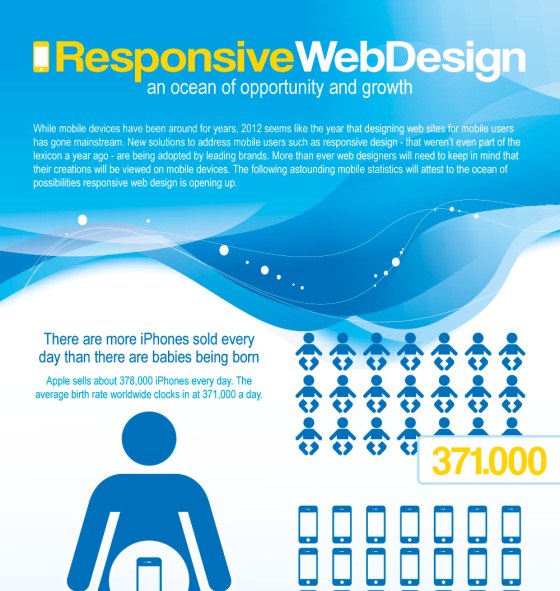Interested In Learning How Web Site Design Has Progressed Over The Years? Explore The Journey From Standard, Straightforward Styles To User-Centric Interfaces That Focus On The Site Visitor'S Experience
Interested In Learning How Web Site Design Has Progressed Over The Years? Explore The Journey From Standard, Straightforward Styles To User-Centric Interfaces That Focus On The Site Visitor'S Experience
Blog Article
Short Article Created By-Abel Bowles
In the past, sites were straightforward and concentrated on details. Navigating was direct, and design was for desktop computers. Currently, individual experience is essential. Data overviews layouts for easy navigation. Receptive designs match different gadgets. Today, dark mode minimizes stress, and minimalist food selections boost navigating. Interactive functions engage individuals, and vibrant visuals attract attention. AI assimilation improves interaction. See how style has actually advanced to enhance your online trip.
Early Days of Web Design
In the very early days of web design, simplicity preponderated. Websites were basic, with minimal shades, typefaces, and layouts. The focus got on supplying details rather than showy visuals. Customers accessed the web through slow-moving dial-up links, so speed and functionality were crucial.
Navigation food selections were straightforward, normally located at the top or side of the page. Web sites were made for computer, as mobile browsing had not been yet widespread. Web content was king, and designers prioritized easy readability over complex layout aspects.
top seo was the primary coding language utilized, and developers needed to function within its restrictions. Animations and interactive attributes were very little contrasted to today's standards. Web sites were static, with little dynamic content or customized individual experiences.
Increase of User-Focused Layout
With the evolution of website layout, a change towards user-focused layout principles has actually become significantly famous. Today, creating web sites that focus on user experience is vital for engaging site visitors and attaining business objectives. User-focused layout includes recognizing the demands, preferences, and behaviors of your target audience to customize the website's design, material, and features accordingly.
Designers now perform complete study, such as user surveys and use screening, to collect understandings and responses directly from individuals. This data-driven technique assists in creating user-friendly navigating, clear calls-to-action, and aesthetically attractive interfaces that resonate with visitors. By putting the user at the facility of the style process, internet sites can deliver a more personalized and delightful experience.
simply click the up coming website has additionally emerged as an essential element of user-focused layout, guaranteeing that sites are maximized for different tools and display dimensions. This versatility enhances access and use, catering to the varied ways individuals engage with web sites today. Essentially, the increase of user-focused design signifies a shift in the direction of developing electronic experiences that focus on the needs and expectations of the end individual.
Modern Trends in Web Design
Explore the most recent patterns shaping web design today. One famous pattern is dark setting style, providing a streamlined and contemporary look while lowering eye pressure in low-light environments. One more essential trend is minimal navigation, simplifying food selections and boosting user experience by concentrating on essential elements. Incorporating micro-interactions, such as computer animated switches or scrolling impacts, can create a more appealing and interactive site. Receptive design continues to be essential, making sure smooth individual experiences throughout numerous tools. In addition, utilizing bold typography and asymmetrical designs can add aesthetic rate of interest and draw attention to specific web content.
Incorporating AI modern technology, like chatbots for customer assistance or personalized suggestions, improves customer engagement and streamlines procedures. Availability has likewise become a significant pattern, with developers prioritizing comprehensive style practices to satisfy varied individual needs. Embracing sustainability by optimizing web site efficiency for speed and effectiveness is another emerging fad in website design. Collaborating with individual feedback and data analytics to repeat and improve style continuously is crucial for staying pertinent in the ever-evolving digital landscape. By accepting these contemporary fads, you can produce a visually appealing, straightforward site that reverberates with your audience.
Conclusion
As you reflect on the evolution of web site design from the early days to currently, you can see just how user-focused design has become the driving pressure behind modern-day trends.
Embrace the journey of modification and adjustment in web design, always keeping the user experience at the forefront.
Remain current with the most recent trends and innovations, and never stop developing your approach to develop visually stunning and user-friendly sites.
Advance, adjust, and develop - the future of website design is in your hands.
